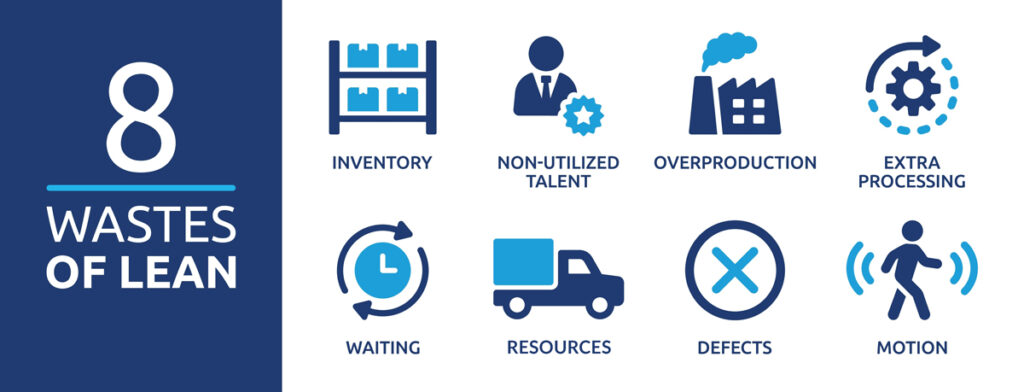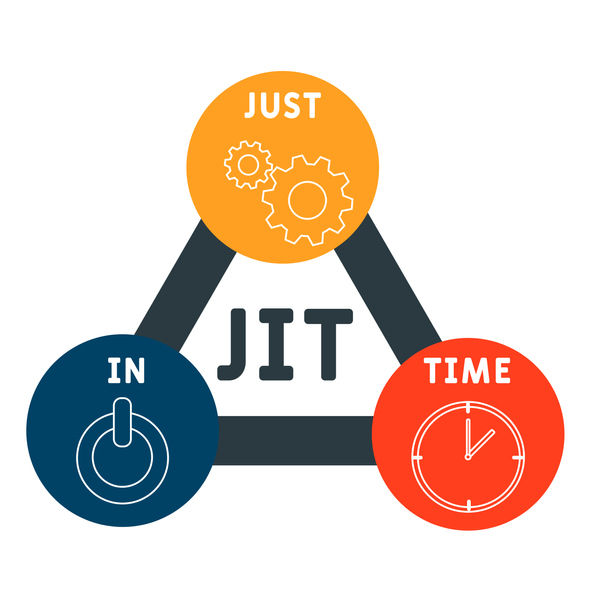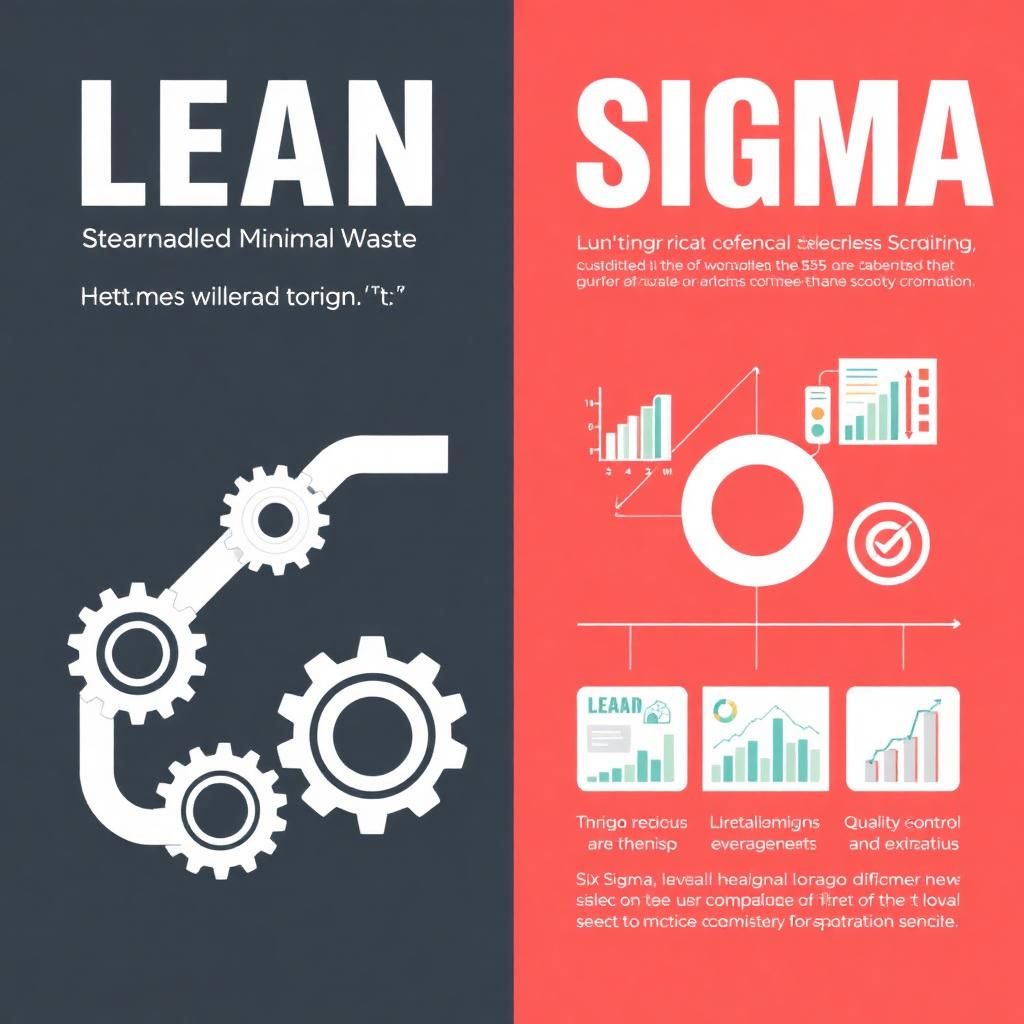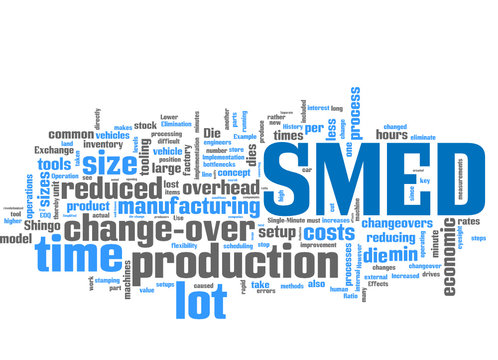
Lean Manufacturing in a Changing World: Efficiency, Agility, and Purpose

In today’s hypercompetitive global marketplace, manufacturers face relentless pressure to deliver higher quality products faster and at lower costs. Enter lean manufacturing – a revolutionary approach that has transformed how companies think about production, efficiency, and value creation. What started as Toyota’s ingenious response to post-war resource constraints has evolved into the gold standard for operational excellence across industries worldwide.
Understanding Lean: More Than Just Efficiency
Lean manufacturing isn’t simply about cutting costs or speeding up production lines. At its core, it’s a philosophy that focuses on maximizing customer value while minimizing waste. This means creating more value for customers with fewer resources by optimizing the flow of products and services through entire value streams.The beauty of lean lies in its simplicity and logic. Every activity in your production process either adds value for the customer or it doesn’t. If it doesn’t add value, it’s waste – and waste should be eliminated. This fundamental principle drives everything else in lean methodology.
The Eight Wastes: Identifying What Doesn’t Matter

Lean manufacturing identifies eight primary types of waste that plague traditional manufacturing:
Overproduction remains the most dangerous waste because it amplifies all other wastes. Producing more than customers demand ties up capital, creates inventory storage costs, and can hide quality problems until it’s too late.
Waiting occurs when workers, materials, or machines stand idle due to bottlenecks, equipment failures, or poor scheduling. This waste is often visible but frequently accepted as “normal.”
Transportation waste happens when materials or products move unnecessarily between locations. Every movement that doesn’t add value increases costs and risks damage.
Inappropriate processing involves using expensive, high-precision equipment when simpler tools would suffice, or adding features customers don’t value.
Excess inventory ties up cash flow and space while masking underlying problems like poor quality, unreliable suppliers, or unbalanced production.
Unnecessary motion includes any movement by workers that doesn’t add value – searching for tools, walking long distances, or awkward reaching.
Defects create the most obvious waste through rework, scrap, and customer dissatisfaction. But the hidden costs often exceed the visible ones.
Unused employee creativity represents perhaps the most tragic waste – failing to engage workers’ minds, ideas, and problem-solving abilities.
Key Principles That Drive Success
Continuous Improvement (Kaizen) forms the heartbeat of lean manufacturing. Rather than waiting for major overhauls, lean organizations make small, incremental improvements daily. This approach empowers every employee to identify problems and suggest solutions, creating a culture where improvement becomes everyone’s responsibility.
Just-in-Time (JIT) production synchronizes manufacturing with actual customer demand. Instead of producing large batches and hoping someone will buy them, JIT ensures you make exactly what customers want, when they want it, in the quantities they need.
Respect for people elevates workers from mere executors of tasks to thinking partners in improvement. Lean organizations invest heavily in employee development, recognizing that engaged, skilled workers are the ultimate competitive advantage.
Real-World Impact: The Numbers Don’t Lie
Companies implementing lean manufacturing consistently report remarkable results. Toyota, the pioneer of lean, maintains some of the highest quality ratings and lowest production costs in the automotive industry. Their legendary Toyota Production System has inspired countless organizations across sectors.General Electric saved over $2 billion annually through lean initiatives, while Honeywell reduced inventory levels by 50% while improving on-time delivery to 99%. These aren’t isolated success stories – they represent the norm for organizations that commit fully to lean principles.Boeing transformed its production of the 737 aircraft using lean methods, reducing production time from 22 days to 11 days while improving quality metrics across the board. The aerospace giant credits lean manufacturing with enabling them to increase production rates while maintaining their reputation for precision and reliability.
Implementation: Starting Your Lean Journey
Beginning a lean transformation requires commitment from leadership and buy-in from employees at every level. Start small with pilot projects in specific areas rather than attempting company-wide changes immediately. This approach allows you to learn, adjust, and demonstrate value before expanding the initiative.Value stream mapping provides an excellent starting point. This visual tool helps you understand your current state, identify waste, and design an improved future state. Walking through your entire process from customer order to delivery often reveals surprising inefficiencies and opportunities.Training is crucial but shouldn’t be limited to formal classroom sessions. The most effective lean training happens on the factory floor, where employees can immediately apply concepts to real situations. Pair experienced lean practitioners with newcomers to create ongoing mentorship relationships.
Overcoming Common Obstacles
Resistance to change represents the biggest challenge in lean implementation. People naturally fear that efficiency improvements might eliminate their jobs. Address this concern directly by emphasizing that lean creates opportunities for workers to contribute more meaningfully while often leading to business growth that creates new positions.Some managers worry that focusing on efficiency might compromise quality. In reality, lean manufacturing improves quality by building prevention into processes rather than relying on inspection to catch defects. When you eliminate waste and standardize processes, quality becomes more consistent and predictable.Financial pressures can make the investment in lean training and process changes seem daunting. However, many lean improvements require minimal capital investment – they rely more on reorganizing existing resources and changing behaviors than purchasing new equipment.
Technology’s Role in Modern Lean
Digital technologies are supercharging lean manufacturing principles. Internet of Things (IoT) sensors provide real-time data about equipment performance, enabling predictive maintenance that prevents unexpected downtime. Artificial intelligence helps optimize scheduling and identify patterns that humans might miss.However, technology should support lean principles, not replace them. The most successful implementations combine high-tech tools with fundamental lean thinking, using technology to make waste more visible and improvements more sustainable.## The Future of Lean ManufacturingAs global supply chains become more complex and customer expectations continue rising, lean manufacturing becomes even more relevant. The COVID-19 pandemic highlighted the importance of flexible, responsive production systems – exactly what lean methodology delivers.Sustainability concerns are driving new applications of lean principles. Eliminating waste naturally reduces environmental impact, making lean manufacturing a key strategy for companies pursuing green initiatives. Energy waste, material waste, and packaging waste all become targets for improvement.The integration of lean with other methodologies like Six Sigma and Agile project management is creating powerful hybrid approaches. These combinations leverage the strengths of each system while addressing their individual limitations.
Making Lean Work for You
Success with lean manufacturing requires patience, persistence, and genuine commitment to its principles. Organizations that treat lean as a quick fix or cost-cutting exercise typically fail to achieve lasting results. Those that embrace it as a fundamental business philosophy create sustained competitive advantages.Remember that lean manufacturing is ultimately about respect – respect for customers, respect for employees, and respect for resources. When you genuinely commit to eliminating waste and creating value, the financial benefits follow naturally.The journey toward lean excellence never ends. Every day presents new opportunities to eliminate waste, improve processes, and create value. Organizations that understand this truth position themselves not just for short-term success, but for long-term prosperity in an increasingly competitive world.
Lean manufacturing isn’t just a set of tools or techniques – it’s a mindset that transforms how you think about work, value, and continuous improvement. In a world where the only constant is change, that mindset might be your most valuable asset.
















3 comments